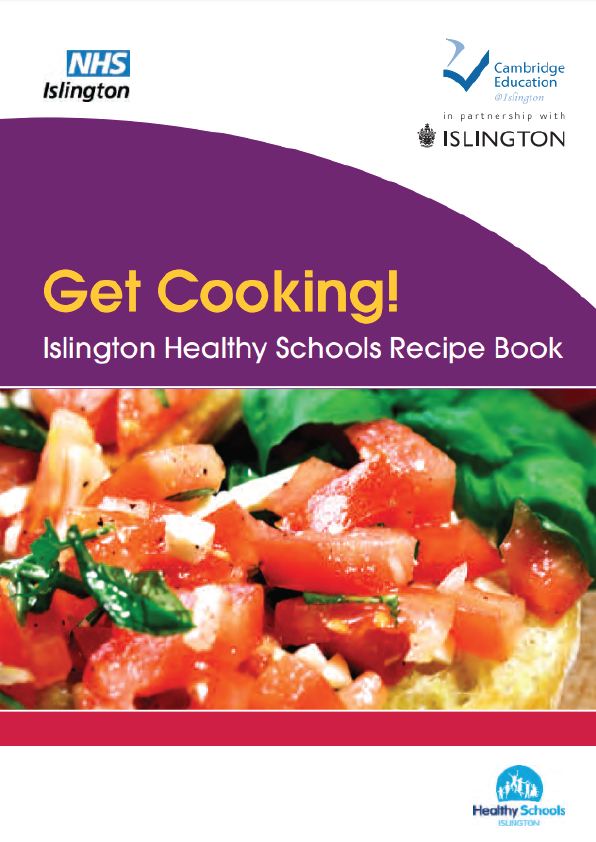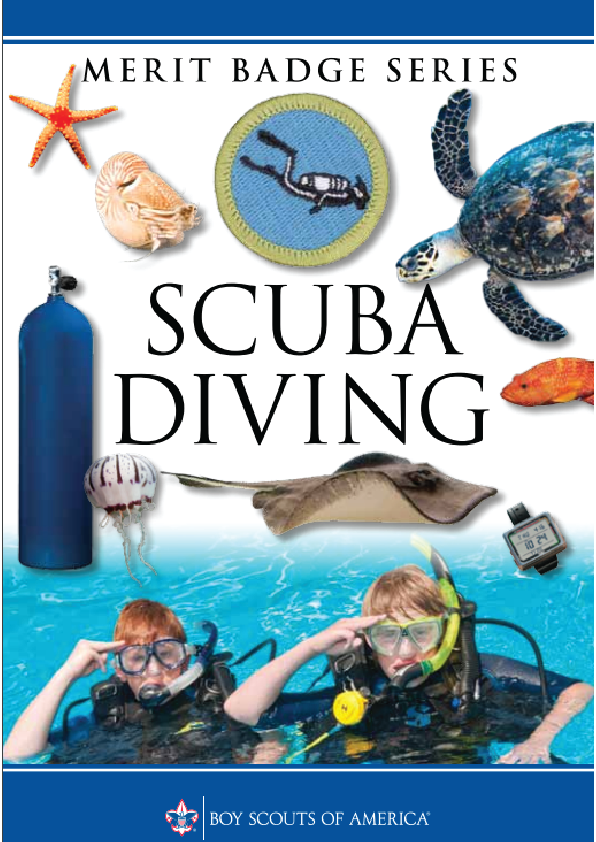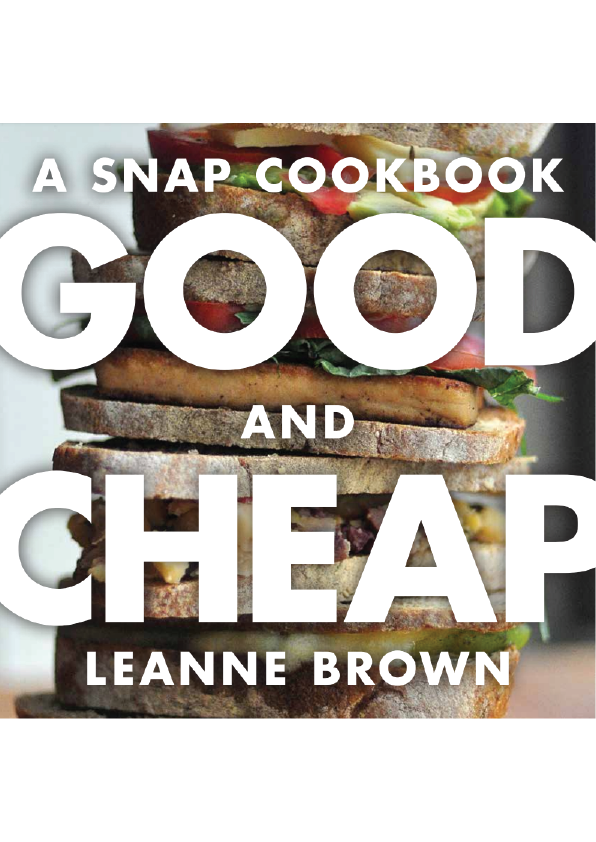Guide to Healthy Eating
The steady rise of diet-related diseases and obesity in the population of the UK is a major source of concern to health professionals and to the government. It is now recognised that most of us in the UK, and especially children and young people, eat a diet that is too high in fat, sugar and salt, too low in fruit and vegetables, and that we need to change our eating habits. In Islington we are particularly concerned about the health and wellbeing of children and young people, as childhood obesity figures are above the national and London averages.
The eatwell plate is a pictorial food guide showing the proportion and types of food needed for a healthy and balanced diet. It has been produced by the government to make healthier eating easier to understand and it is therefore recommended that all schools use this when teaching healthy eating.
No single food contains all the essential nutrients the body needs to be healthy and function efficiently. Foods contain different vitamins and minerals, therefore a healthy diet is a balance of different food groups with a variety of foods. This will help to ensure all the necessary nutrients are provided.
The eatwell plate shows the types of foods that fit into the five food groups and the proportions of these foods that should be eaten from each group. More foods should be eaten from the bread, rice, potatoes, pasta and other starchy foods group and the fruit and vegetables group, compared with the milk and dairy foods group and meat, fish, eggs, beans and other non-dairy sources of protein group. People should be encouraged to choose a variety of foods from these four groups every day to ensure that they get all of the nutrients required for their bodies to grow, develop and/or function properly and stay healthy. Foods in the smallest group, foods and drinks high in fat and/or sugar add choice and palatability, but foods from this group should be used sparingly.
The balance does not need to be achieved at every meal, but should be aimed for across all of the meals and snacks in a whole day. The amounts that should be consumed will depend on age and physical activity levels.
The eatwell plate is based on the ‘8 tips for making healthier choices’:
- Base your meals on starchy foods
- Eat lots of fruit and vegetables
- Eat more fish
- Cut down on saturated fat and sugar
- Try to eat less salt – no more than 6g a day
- Get active and try to be a healthy weight
- Drink plenty of water
- Do not skip breakfast
The 8 tips are practical suggestions to make a diet healthier and more balanced.
The eatwell plate and 8 tips apply to most people: vegetarians, people of all ethnic origins and people who are a healthy weight for their height, as well as those who are overweight.
Food Hygiene
- Always wash hands thoroughly before handling food.
- Prepare and store raw meat and fish separately from foods that may not need cooking. Raw meats and fish should be covered and stored underneath cooked food. Any juices from the raw food cannot then drip on to cooked foods or foods which are eaten raw, such as salads.
- Use separate chopping boards for raw meat, cooked food and fresh vegetables.
- Tie back long hair and wear a clean apron.
- Wash fruits and vegetables before use.
- Only use ingredients that are before the use-by date shown on the pack. After this date you cannot be sure that the food is safe to eat – even if you cook it thoroughly. Eating food after its best before date means it will not be as good, but does not carry the same risk as using foods after their use-by date.
- Always check that food is fully cooked before serving.
- Only re-heat food once and check it is piping hot right the way through.
- Defrost food thoroughly before use.
- Cover cuts/sores with a clean plaster (preferably a blue plaster).
- Keep the kitchen clean. Put rubbish in the bin. Always wash up using hot soapy water, use clean tea towels and dishcloths when clearing up. Do not eat food containing uncooked eggs, as they may contain salmonella. Store eggs in the fridge.
- Keep hot foods hot and colds food cold. Don’t leave them standing around for a long time so that they reach room temperature. Keep the coldest part of your fridge at 0 – 5oC to restrict the growth of food poisoning bacteria. Check this by using a fridge thermometer.











